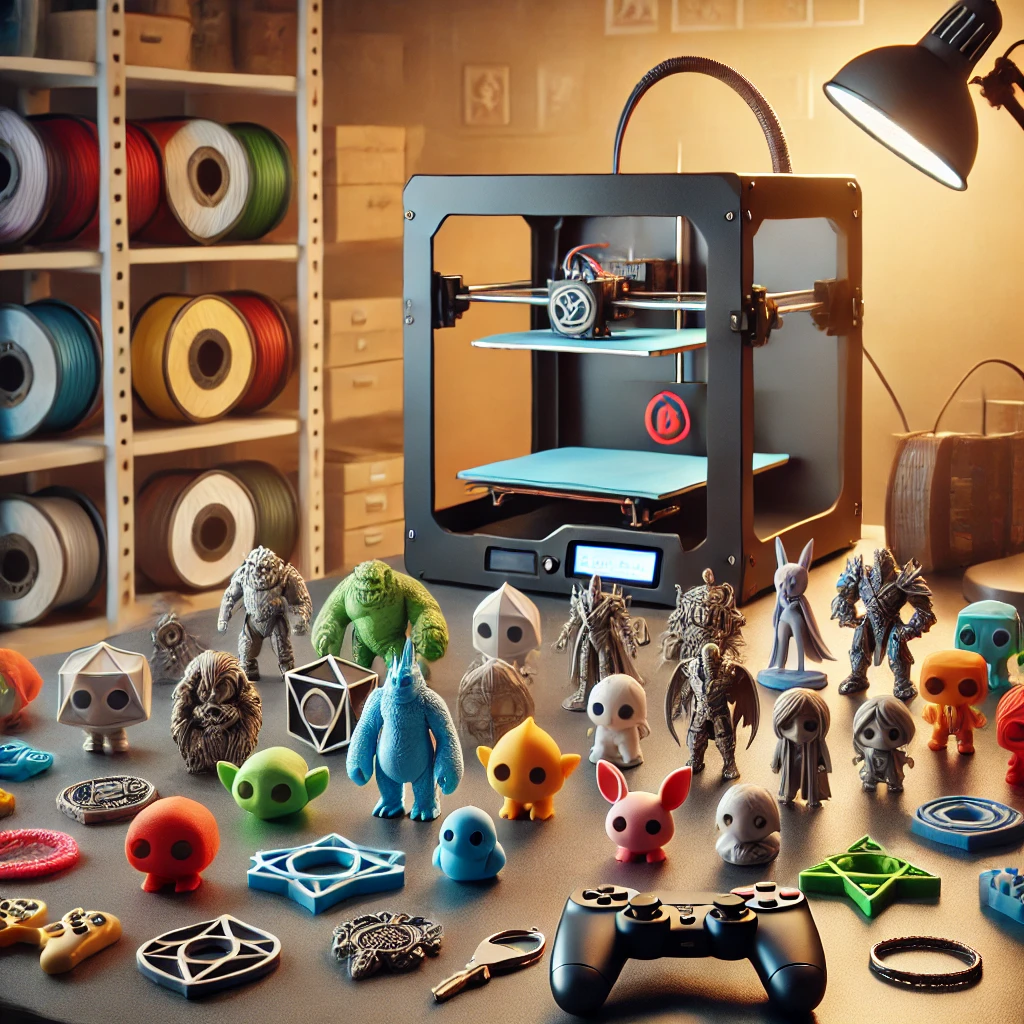Kindle 2025: Updates, Rumors, and How to Transfer Your Files
First released in November 2007, the Kindle continues to evolve, offering readers increasingly advanced devices tailored to their needs. In this article, we’ll explore the latest releases, clarify rumors about file transfers to the Kindle, and provide a practical guide on how to transfer your books and PDFs to the device.
Latest Kindle Releases
- New Kindle (2024): This basic model received a 300 ppi glare-free screen with higher contrast and a front light that’s 25% brighter. Additionally, page turns are faster, providing a smoother reading experience. It’s available in black and Matcha green.
- Kindle Paperwhite (2024): Now featuring a 7-inch screen, the new Paperwhite offers page turns that are 25% faster and a battery life lasting up to 12 weeks. It also supports Audible audio formats, allowing you to listen to audiobooks directly on the device, and is waterproof.
- Kindle Colorsoft Signature Edition: For the first time, Amazon introduced a Kindle with a color screen, ideal for reading comics, magazines, and children’s books. This model has a 7-inch screen and 32 GB of storage, offering a more vibrant and engaging reading experience. It boasts a battery life of up to 8 weeks and is waterproof.
- Kindle Scribe: Also available is the Scribe version, Amazon’s first e-reader with a touchscreen that allows you to read and write notes directly on books and PDFs. Released in 2022, it features a large 10.2-inch high-resolution E Ink screen and comes with a digital pen—ideal for those who enjoy studying, reviewing documents, or keeping journals and lists. It’s an excellent option for combining the Kindle experience with the habit of handwriting.
In October 2024, Amazon updated its line of e-readers, introducing more modern models with significant improvements:
Rumors About Sending Books and PDFs to the Kindle
In February 2025, many users were surprised by a notification from Amazon stating that the “Download and Transfer via USB” feature would be removed for some content from the Kindle store, especially books purchased on the site. This caused a stir in the reading community, sparking rumors that the company was limiting or even blocking the sending of personal books and files to the Kindle.
But what exactly changed?
The change only affects the option to transfer books purchased on Amazon via USB cable directly from the site—which was an alternative for those who preferred to keep local copies on their computer. Amazon is now encouraging the use of the cloud and automatic synchronization via Wi-Fi. However, this does not mean that you can no longer send your own files, such as books in PDF, EPUB, or personal documents to the Kindle.
Sending via email and using the “Send to Kindle” app (available for computer and mobile), especially for personal files like handouts, ebooks downloaded from other platforms, or study and work documents, continue to function. I personally use the email method to send PDFs to my Kindle, and it can even convert the file to the Kindle format (which I don’t particularly like, as it removes the original formatting of the PDF).
In other words, although Amazon is reorganizing its transfer and synchronization options, sending personal content to the Kindle remains possible and accessible. The important thing is to understand which methods are still available and how to use them practically and safely—which is exactly what we’ll show in the next chapter.
Practical Guide: How to Send Books and PDFs to the Kindle
There are several ways to transfer your books and documents to the Kindle. Here are the most common methods:
1. Sending via Email
Each Kindle has a unique email address associated with your Amazon account. To use this method:
-
Find your Kindle’s email address:
- Access your Amazon account and go to “Manage Your Content and Devices.”
- Select the “Devices” tab and choose your Kindle.
- The email address will be displayed in the device’s information.
-
Approve your personal email address:
- Still in “Manage Your Content and Devices,” go to “Settings” and then “Personal Document Settings.”
- Add your personal email (the one you’ll use to send your files) to the approved email list.
-
Send the document:
- Attach the book or document to the email and send it to your Kindle’s email address.
- In the email subject, you can write “convert” to have the document converted to the Kindle format.
After sending, connect your Kindle to Wi-Fi and sync so the document appears in your library.
2. “Send to Kindle” App
Amazon offers the “Send to Kindle” app for Windows and Mac, making document transfer easier:
How to Send Documents to the Kindle Using the “Send to Kindle” App
-
Download and install the app:
- Access Send to Kindle and choose the version compatible with your operating system.
-
Send documents:
- After installation, right-click on the document you want to send and select “Send to Kindle.”
- Choose the destination device and adjust the settings as needed.
This method is especially useful for sending multiple documents quickly and organized.
3. Mobile Device Applications
If you use a smartphone or tablet, you can send documents to your Kindle through mobile applications:
-
Download the “Send to Kindle” app:
- Available for iOS and Android in their respective app stores.
-
Send documents:
- Open the app, log in with your Amazon account, and follow the instructions to send documents directly from your mobile device to the Kindle.
This option is convenient for those who wish to transfer documents on the go without the need for a computer.
Conclusion
Despite recent changes and rumors about file sending, the Kindle remains one of the most practical and enjoyable ways to maintain the reading habit—whether for leisure, study, or work. The new releases bring interesting advancements, such as larger, faster screens and even color versions. But, in the end, it all depends on your reading style and needs.
I personally use an 11th generation Kindle Paperwhite and, honestly? I still don’t intend to replace it. It perfectly meets my needs: it’s lightweight, has excellent lighting, and long-lasting battery life. And even with the new models arriving, I’m happy to know that mine still does the job—including with the file sending options we continue to have available.
And you? Do you have a Kindle or are you thinking of buying one? Did you like the news? Do you plan to switch models or is yours still going strong?
Tell me in the comments! Let’s exchange experiences—you might discover a new feature here!






